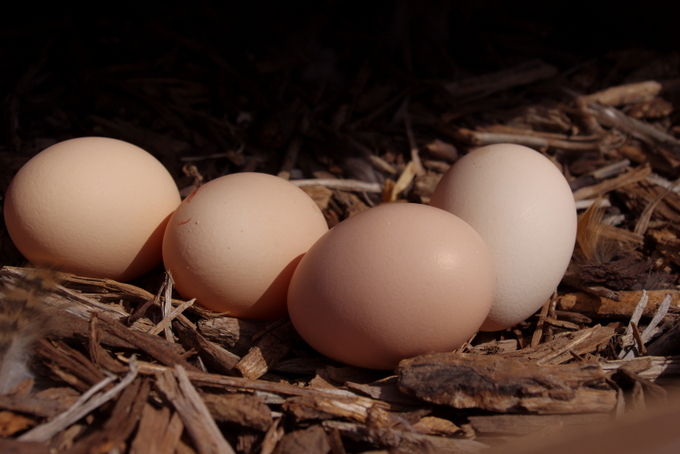Gut Health: What I’ve Learned
We’ve done this before, attempting to fix underlying health issues by addressing gut problems. We started years ago by adding fermented foods. It helped, but it seemed like there was something else missing. And so I read up some more on these concepts of gut healing and sealing.
I learned that for most of us with highly damaged guts, and that’s probably many of us, just adding probiotics and fermented foods isn’t enough.
Two more things need to happen:
1. Remove foods that irritate or slow down gut healing. You want foods that are not going to tax your gut while you’re trying to heal it. I know there’s a ton of rhetoric on both sides of the food sensitivities argument, but I think the bottom line is this: most foods, if they are real to begin with, are only allergens to us when our gut health is compromised.
We don’t need to make blanket statements about grains or dairy (or raw vegetables, which are also on this list) being inherently bad. We just need to step away for a bit in order to heal and let our guts gain some perspective. And some of us might find that staying away from excessive amounts of grains or pasteurized dairy in the long-term can also be beneficial.
To me, changing the way we think about why we have food sensitivities is critical. I think it’s easy to blame a food, take our eyes away from the systemic problem of our own lack of gut health, and continue to struggle because we’ve put a band-aid on a gaping wound.
There are, of course, always extreme cases in which a full GAPS diet isn’t as helpful to some as it is to others. I think of my cohort Erin at Plan to Eat who has gone to tremendous lengths to heal her gut through GAPS and an Autoimmune Protocol. I have so much respect for what she’s endured, the grace she’s shown through the process, and her courage to at least try to do something about her struggles.
2. Utilize foods that both heal and and build up the gut. The three main foods, according to the GAPS protocol and my own findings, are
- homemade bone broth
- fermented foods
- pastured/grass-fed animal fats.
I try to think of it as a soothing anti-inflammatory diet, so animal fats from factory-farmed and primarily grain-fed animals would be out.
So, not only do we add in those beneficial bacteria (and other elements) from fermented foods, but we’re also giving our digestive system a rest while attempting to heal and seal it with nourishing foods.
Fermented Foods vs. Probiotics
Not surprisingly, many studies are finding that fermented foods and the probiotics and other beneficial factors in fermented foods are more affective than probiotic supplements. One source claims that fermented foods give us not only more types of bacteria, but also a larger volume of these beneficial beasts than a probiotic supplement can provide.
Probiotics obviously have their place, but getting our nutrients and bacteria from real food always makes more logical and economic sense, right?
For that reason, many people call fermented foods the missing link in a healthy diet. I agree; we always feel better when we’re consuming ferments every day, and ideally more than one variety.
But I actually think there’s another missing link that is just beginning to see some light in the scientific community. And it has more to do with where we’re at than what we eat. More on that next time.
Further Reading
These are some of the resources I found helpful in researching this topic over the years:
- Gut and Psychology Syndrome
- Body Ecology Diet
- Breaking the Vicious Cycle
- Cultured Food for Life (Donna’s story is inspiring!)




